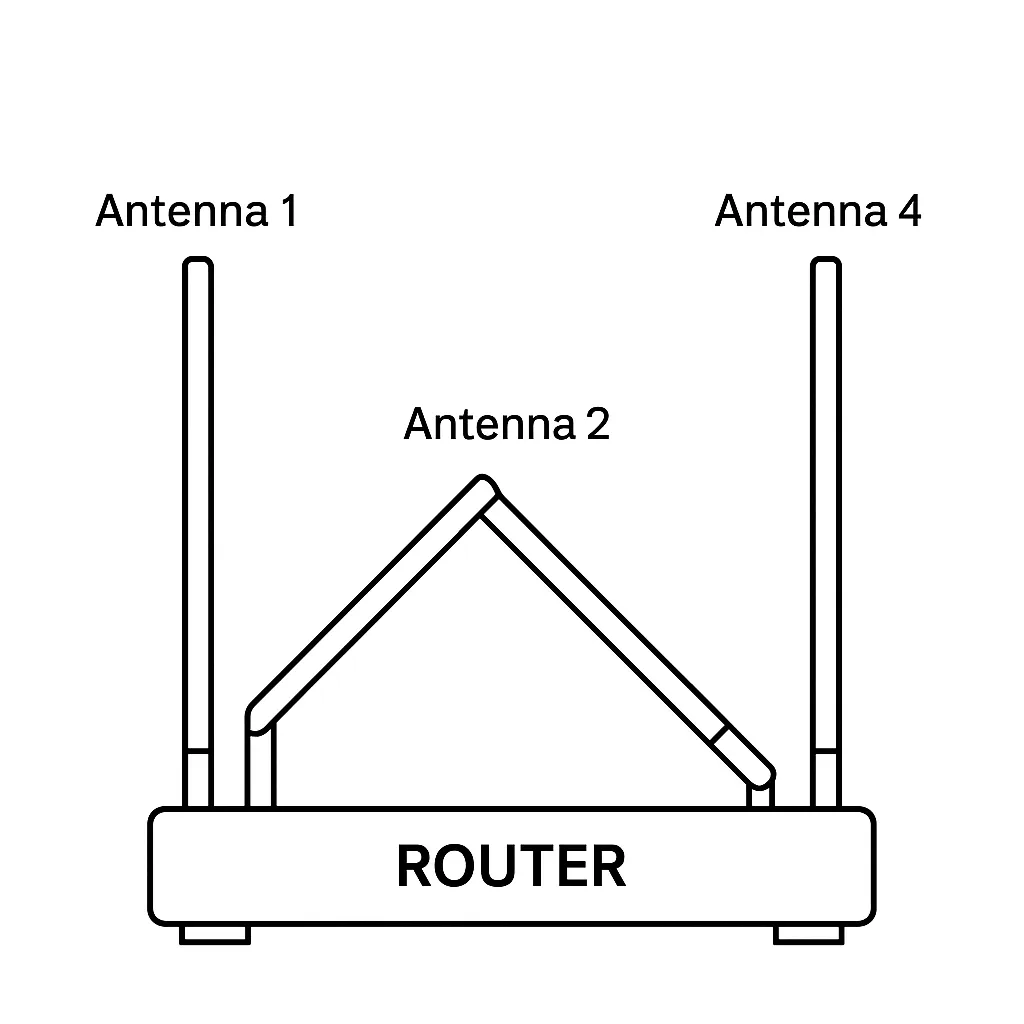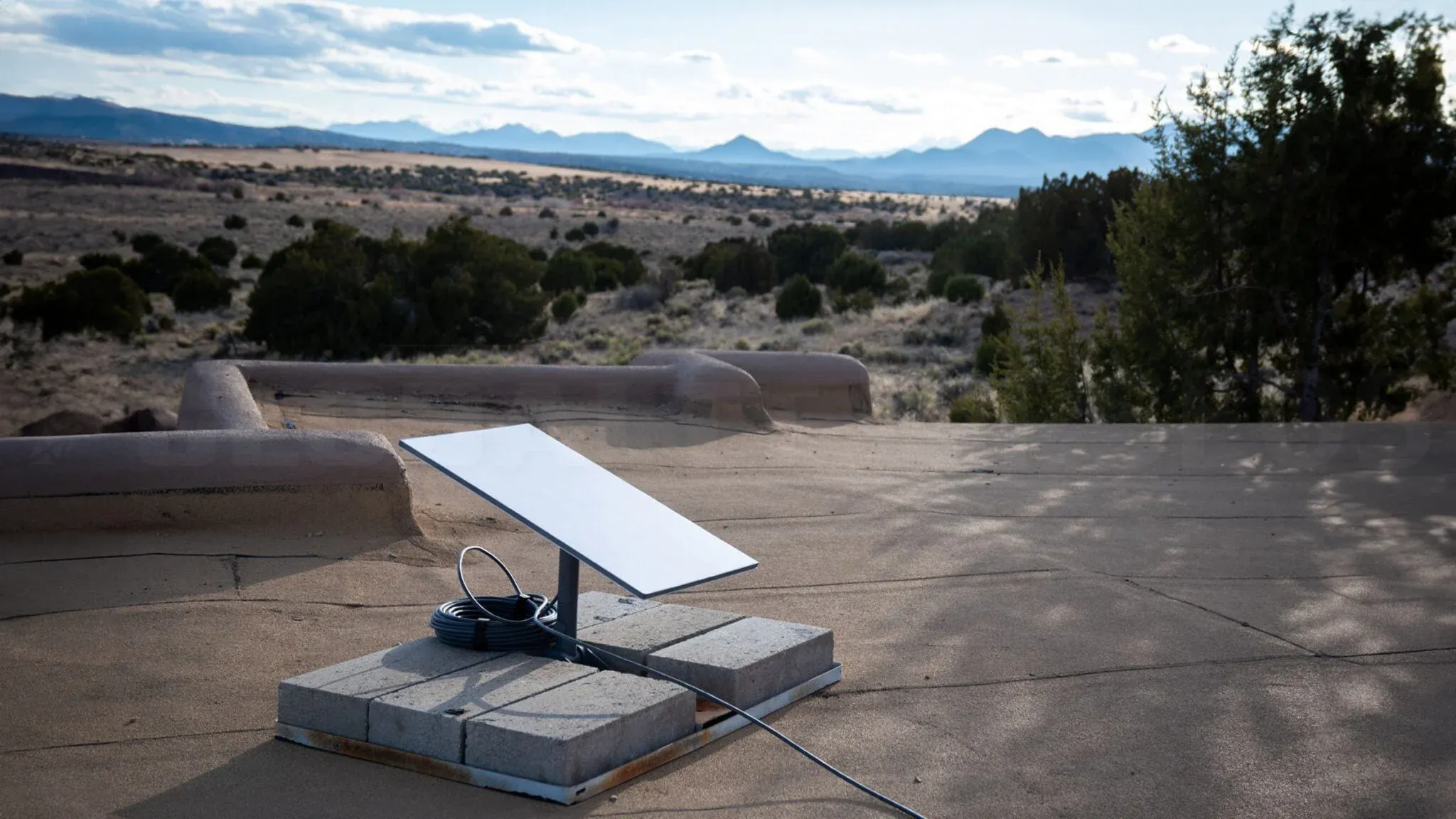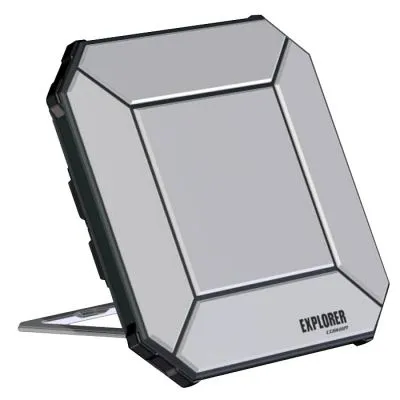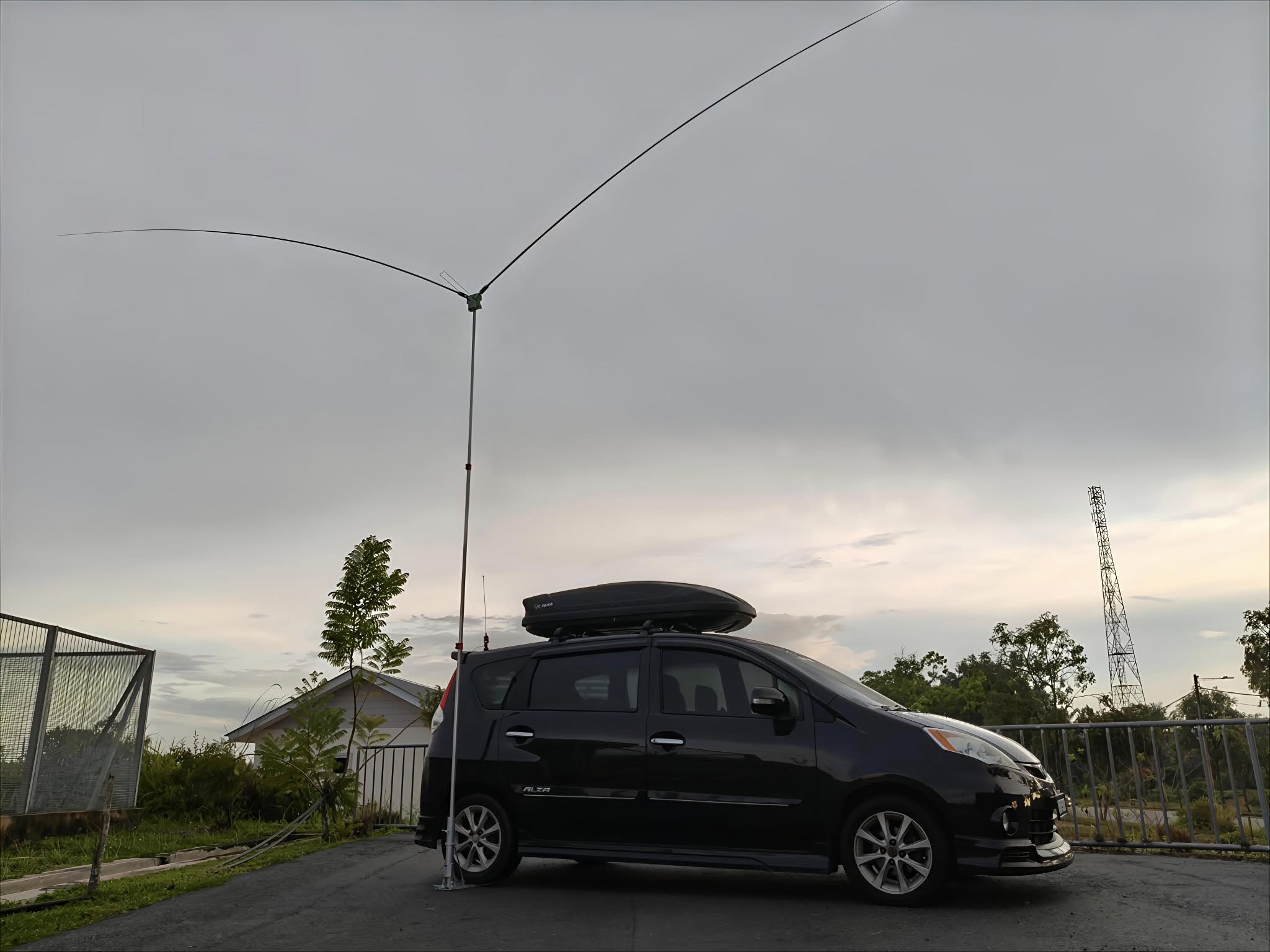How to Position Your Router Antennas for Maximum Wi-Fi Signal
“Why is my Wi-Fi fast in the kitchen but terrible in the bedroom?”
You’re not alone — and the fix might be way simpler than you think.
Most people never touch their router’s antennas. But if your router has external antennas (like four tall sticks sticking up), adjusting them properly can seriously improve your signal strength across your home.
Let’s talk about the best way to position them, why it matters, and how to picture Wi-Fi like a 3D “signal bubble.”
📡 The Science Behind Router Antennas
Some Wi-Fi antennas are omnidirectional and also directional. That means they don’t just shoot signals in every direction equally.
- A vertical antenna (straight up) sends signal outward horizontally like a pancake.
- An antenna angled outward sends signal in a more vertical pattern, like a donut turned on its side.
That’s why it’s smart to mix antenna angles — to create a signal field that covers all directions: sideways, up, and down.
🛠️ Best Antenna Setup for a 4-Antenna Router
Here’s what we recommend:
- Antenna 1: Straight up (90 degrees)
- Antenna 2: Angled outward (~45°)
- Antenna 3: Angled outward (~45° opposite direction)
- Antenna 4: Straight up (90 degrees)
This layout creates a balanced “signal bubble” that radiates in 3D — useful for both single-story and multi-story homes.
🔧 Pro Tips for Even Better Wi-Fi
- Router location matters more than you think: Place it centrally, elevated, and away from walls or metal.
- Use a Wi-Fi analyzer app to test real signal strength in your space.
- Avoid placing your router near TVs, fridges, or fish tanks (yes, really — water absorbs signal!).
💡 Final Thoughts
Wi-Fi isn’t magic. It’s radio waves — and how you aim those waves matters.
Just like you wouldn’t aim a flashlight at the floor and expect to light up the room, you shouldn’t leave all your antennas pointing the same direction and expect perfect coverage.
Spend two minutes adjusting your antennas and enjoy stronger Wi-Fi, fewer dead zones, and a better overall experience.







Post Comment